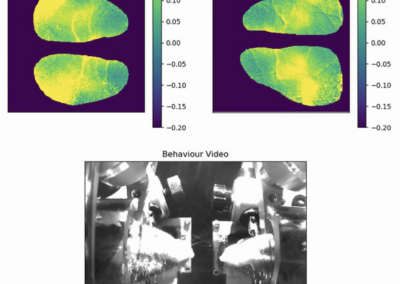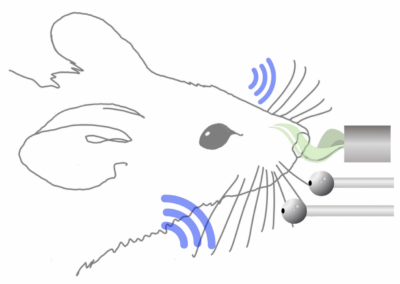custom-fitting cranial implants

Dr. Zurna Ahmed and her colleagues in Dr. Alexander Gail’s sensorimotor lab at the German Primate Center in Göttingen, Germany published an open-source step-by-step guide for custom-fitting cranial implants. Previous sources for implant design and placement have focused on guides for even, typical skull shapes, however these methods often use surface-difference calculations that fail on a discontinuous surface. Well-fitting implants are especially crucial to research involving chronically-implanted intracranial neurophysiological recording devices, as they promote osseointegration and reduce sub-implant tissue growth and bacterial infection over time. In cases of poorly-fitted implants, gaps between bone and implant will often be filled in with acrylic dental cement, however there are still risks involved with this technique; as acrylic undergoes an exothermic reaction, the heat can increase the risk of bone necrosis, if the cement does not bind with the skull properly, tissue growth between the implant and the bone can increase implant instability and risk of infection.
Ahmed and colleagues present a universal guide that overcomes these limitations, with a program suited for irregular skull shapes and conditions. The guide is available on GitHub, in a repository including information on 3D skull and brain extraction from imaging data, written and video tutorials, as well as templates and examples. They also worked towards making this guide accessible to individuals who are not familiar with computer-aided design, while still producing a robust guide that is more precise and adaptable than its predecessors.
This research tool was created by your colleagues. Please acknowledge the Principal Investigator, cite the article in which the tool was described, and include an RRID in the Materials and Methods of your future publications. RRID: SCR_025270
Special thanks to Emily Barnes, a neuroscience undergraduate at American University, for providing this project summary.

Access the code from GitHub!
Check out the repository on GitHub.





